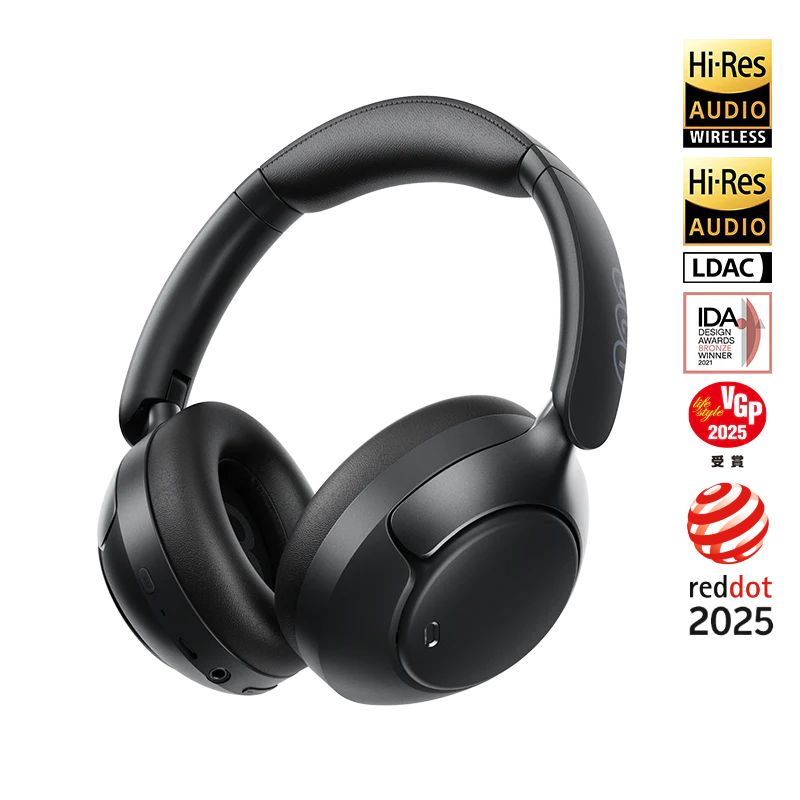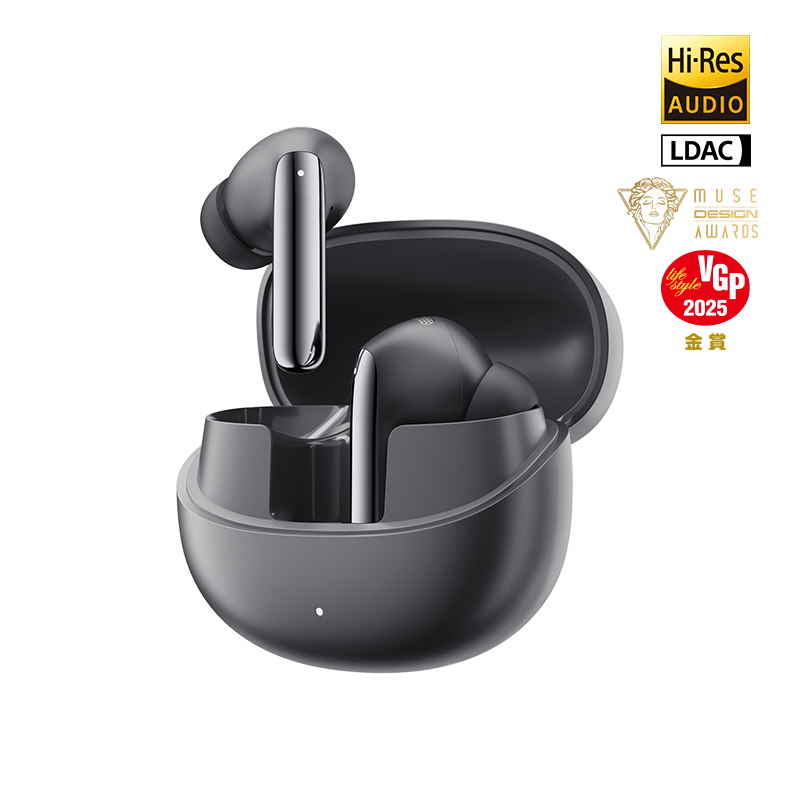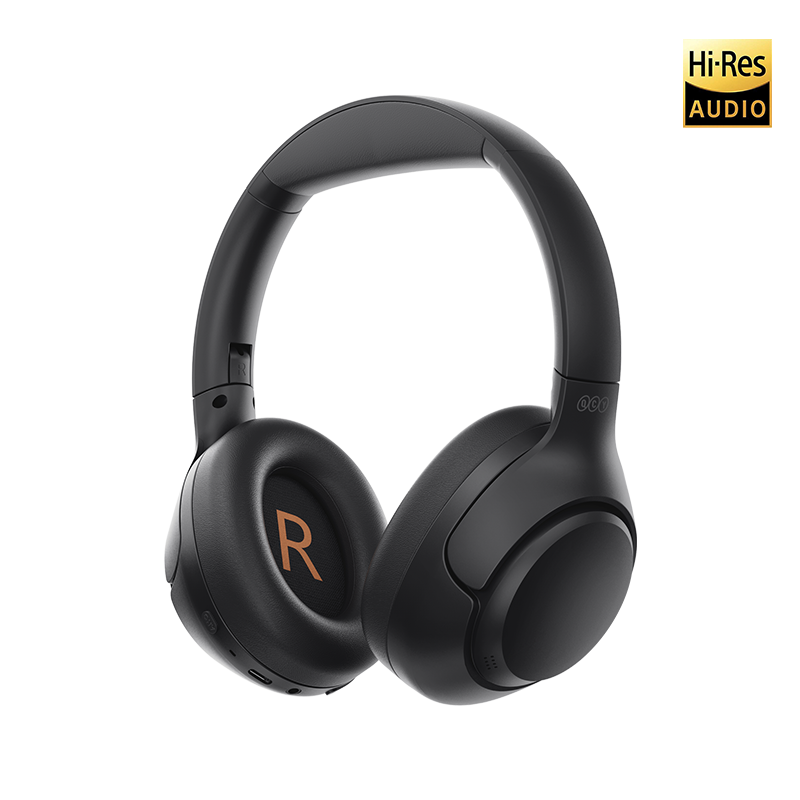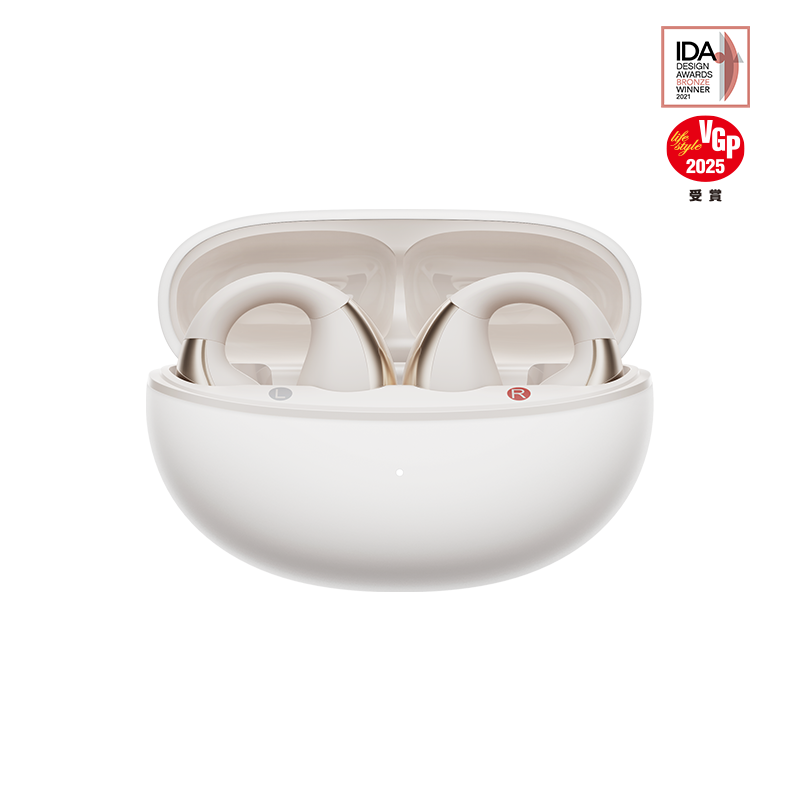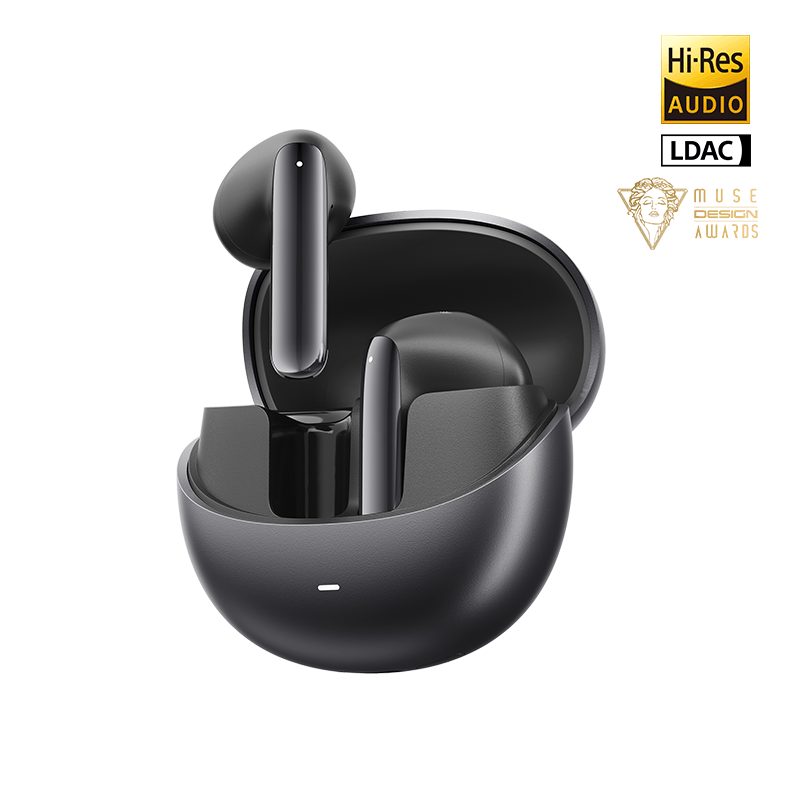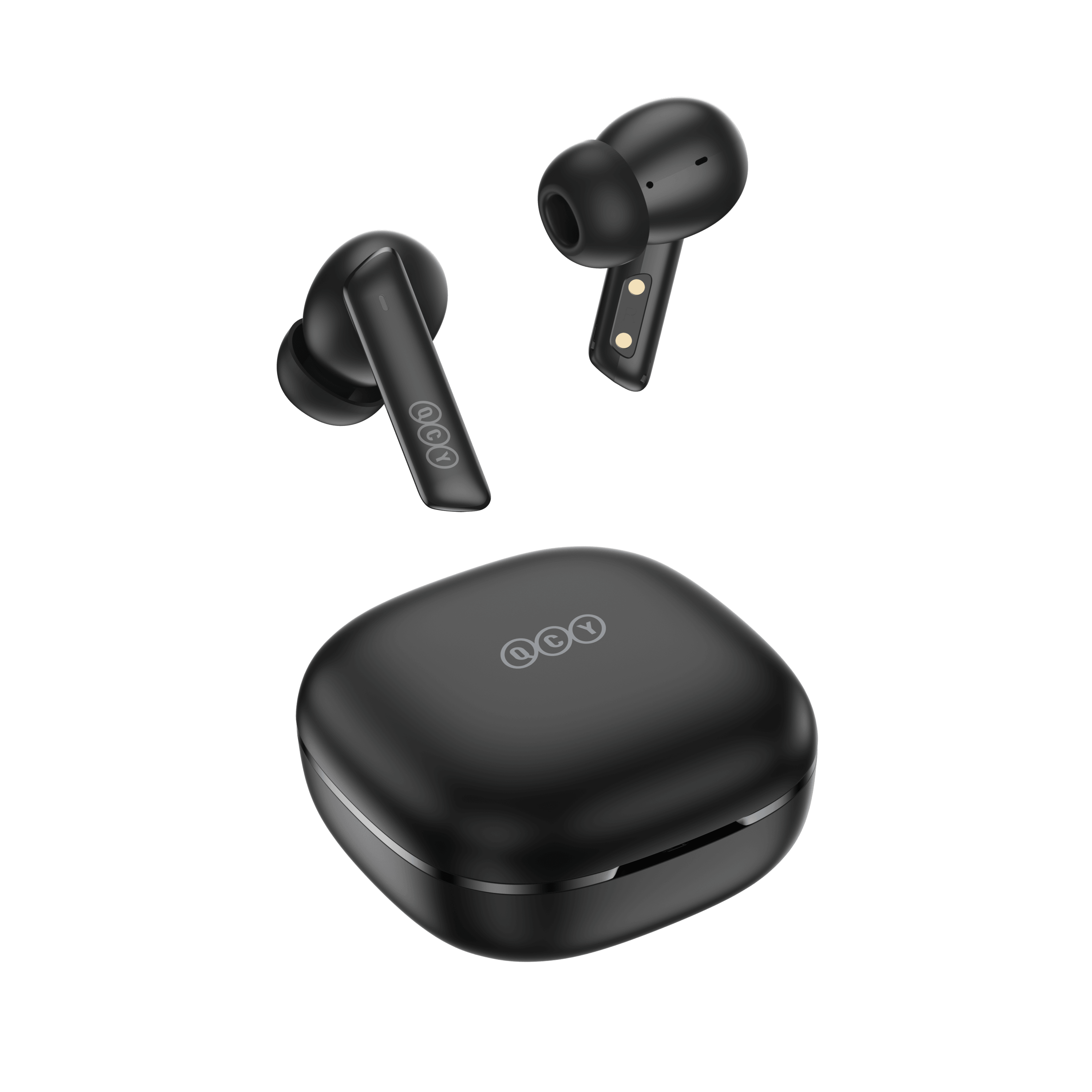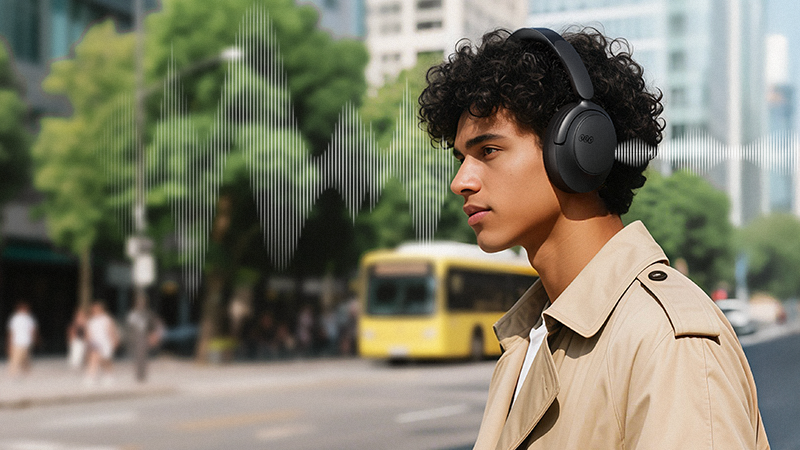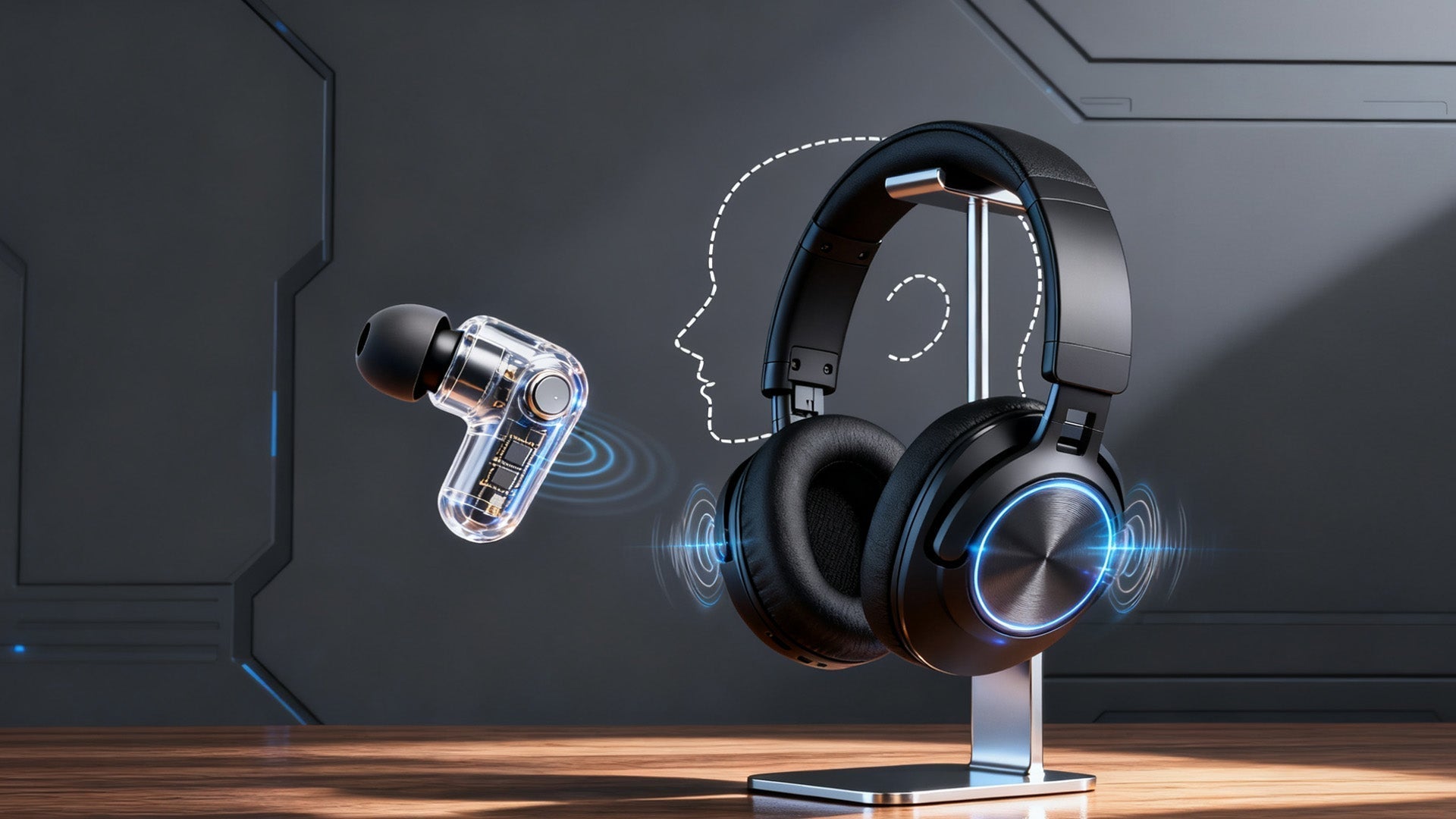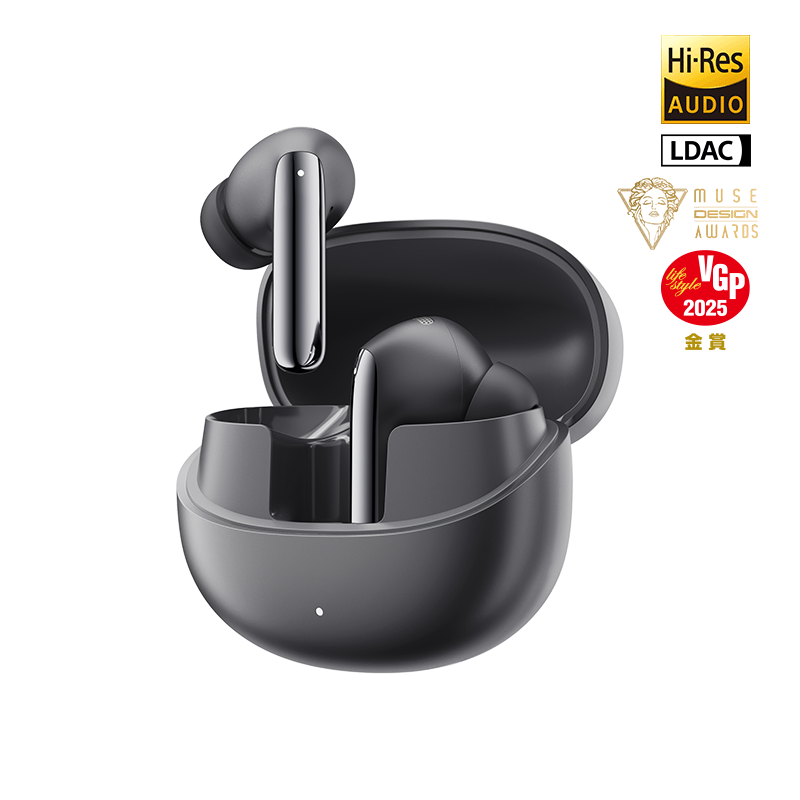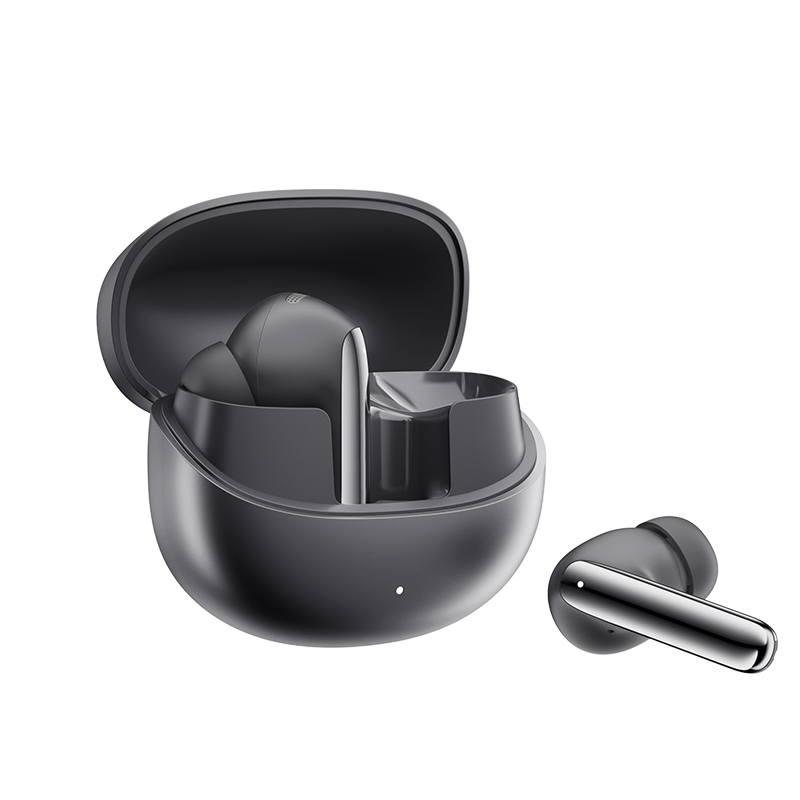
A New Dimension of Listening
In recent years, the term spatial audio has popped up everywhere—from Apple Music and Netflix to gaming headsets and wireless earbuds. But what exactly is spatial audio? And is it really that different from traditional stereo sound?
In this blog, we’ll break down what spatial audio means, how it works, and why it’s changing the way we experience music, movies, and more.
Understanding Spatial Audio
Spatial audio is a form of 3D sound technology that creates a sense of space, movement, and direction in audio playback. Unlike stereo sound, which uses two channels (left and right), spatial audio simulates how we hear sound in real life—from all around us, including above and below.
The goal is to immerse you in a soundscape that feels more natural, as if you're truly inside the scene.
How Does It Work?
Spatial audio combines hardware (headphones or speakers), software (sound processing algorithms), and head tracking (optional) to simulate a 360-degree listening environment.
There are two main ways spatial audio works:
-
Object-based audio: Instead of assigning audio to just left or right channels, each sound (a footstep, a violin, a bird chirping) is treated as a distinct object in 3D space.
-
Head tracking (optional): Sensors detect your head movement, and the soundstage shifts accordingly—so when you turn your head, the sound remains "anchored" in place, just like in real life.
Apple’s version, for instance, works with Dolby Atmos and dynamic head tracking to place audio all around you when using AirPods Pro or AirPods Max.
Stereo vs. Spatial Audio
| Feature | Stereo Audio | Spatial Audio |
|---|---|---|
| Sound Channels | Left and Right | Multi-directional (360°) |
| Directionality | Side-to-side | All around (above, below, front, back) |
| Immersion Level | Moderate | High (cinematic experience) |
| Use Cases | Music, video, calls | Movies, gaming, hi-res music |
| Requires Special Gear? | No | Often yes (compatible earbuds/headphones) |
Where You’ll Hear Spatial Audio
- Music: Many streaming platforms like Apple Music and Tidal now support Dolby Atmos music, giving albums a more immersive feel.
- Movies/TV: Services like Netflix, Disney+, and HBO Max use spatial audio for cinematic surround effects—especially when viewed with headphones that support it.
- Gaming: Spatial audio makes it easier to detect in-game sound sources, like footsteps behind you or gunfire from above.
- Virtual Reality: A critical part of VR experiences, where realism depends on both what you see and hear.
Why It Matters
- Immersion: Feel like you're inside the music or the movie scene.
- Precision: Hear exactly where footsteps, voices, or instruments are coming from.
- Realism: Replicates how we hear in the real world.
QCY MeloBuds Pro: Spatial Audio in Your Pocket
If you want to experience spatial audio without breaking the bank, the QCY MeloBuds Pro are a solid choice.
- ✅ Supports LDAC and Hi-Res Audio
- ✅ Built-in spatial audio engine for a 3D listening experience
- ✅ Adaptive ANC and transparency mode
- ✅ Ultra-light, ergonomic fit for all-day wear
QCY’s slogan, “Be Creative · Go Beyond”, perfectly fits the experience: premium sound, innovative features, and a price tag your wallet won’t hate. It’s the perfect blend of quality and value—something your ears and your budget can both appreciate.
Do You Need Special Devices?
To experience spatial audio, you typically need:
- A compatible streaming platform (like Apple Music or Tidal)
- Headphones or earbuds that support spatial audio (like the QCY MeloBuds Pro)
- Sometimes, a smartphone or app that handles spatial audio formats
The good news is that many newer smartphones and earbuds are already equipped for this technology.
Final Thoughts
Spatial audio is more than a buzzword—it’s a leap forward in how we experience sound. Whether you’re watching a movie, gaming, or listening to your favorite album, spatial audio pulls you in and surrounds you with detail.
If you’ve never experienced it before, now’s the perfect time to try. Your ears will thank you.
🎧 Ready to go beyond stereo?
👉 Explore the QCY MeloBuds Pro today and step into spatial sound.











